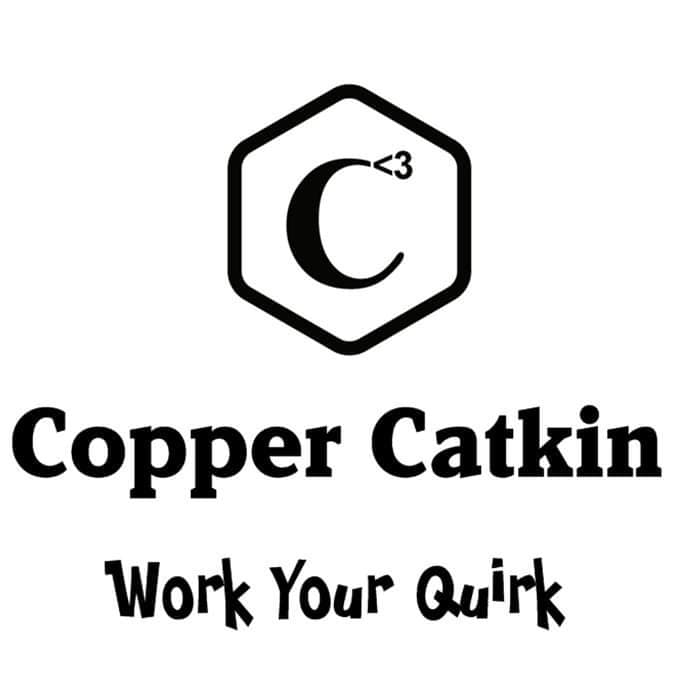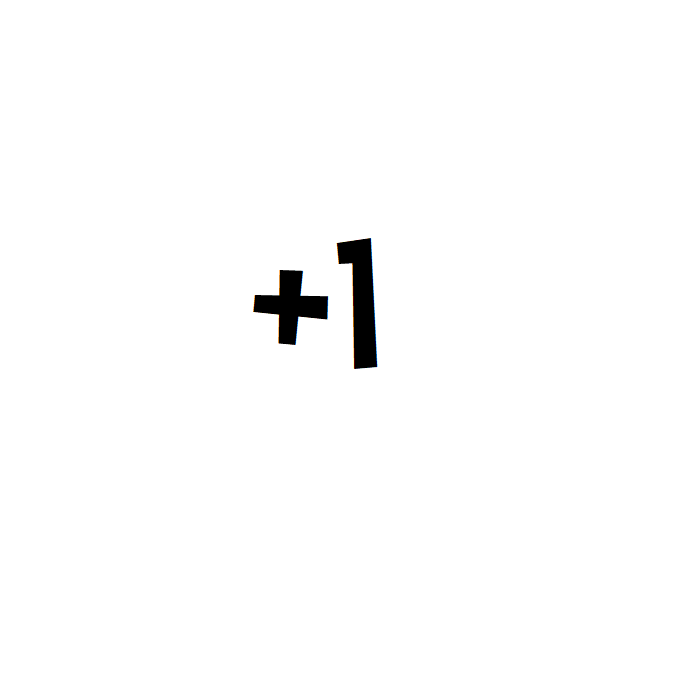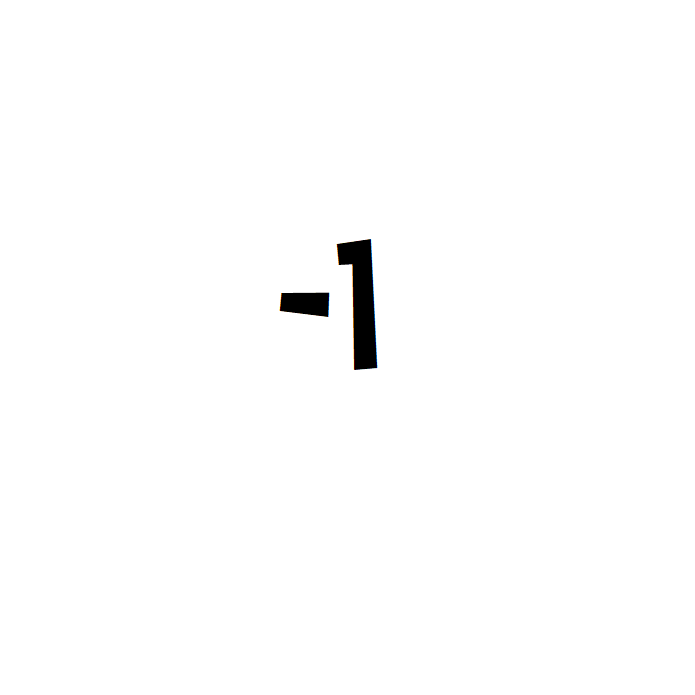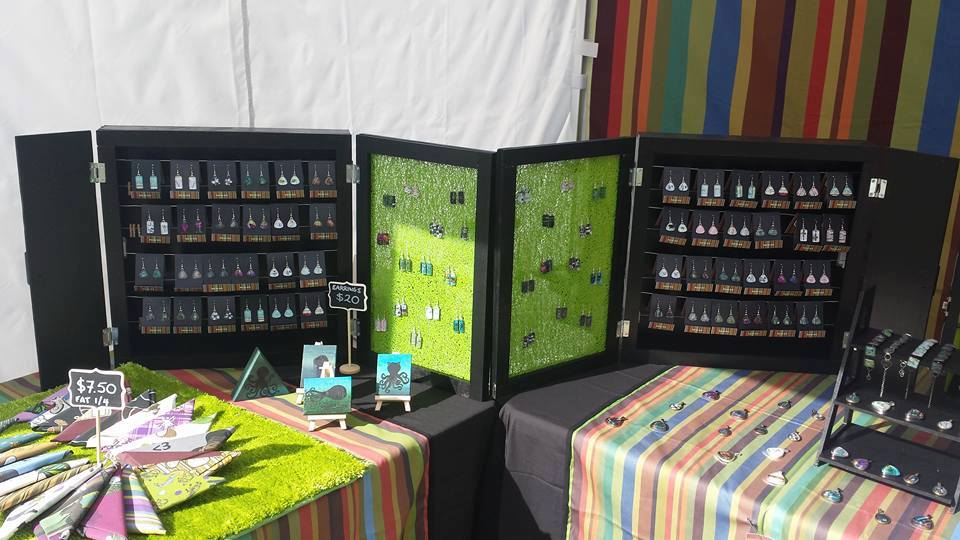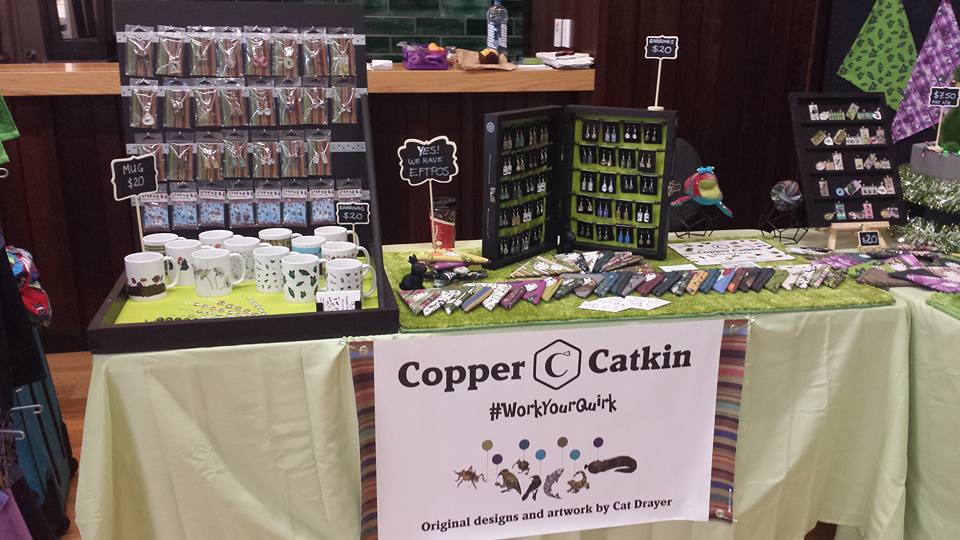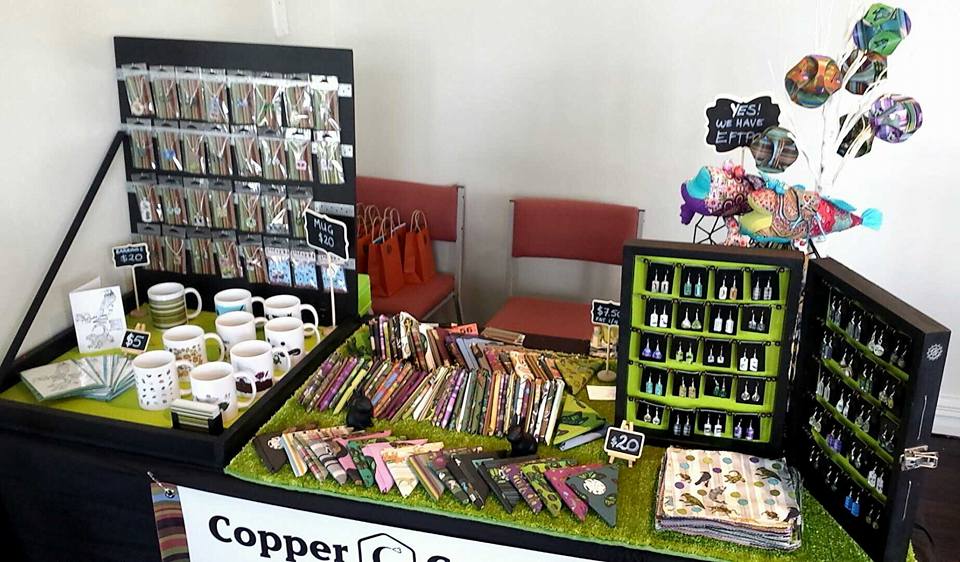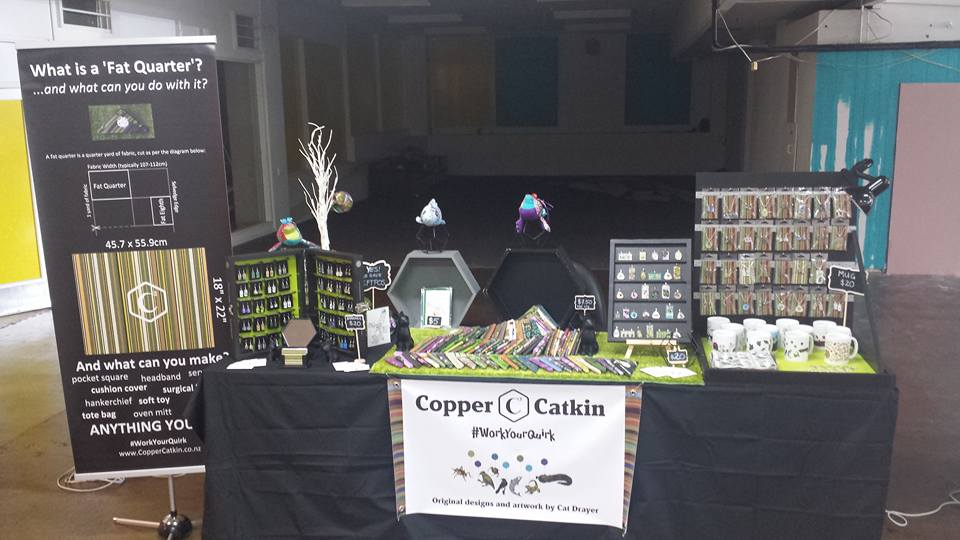It’s been some time since my last Copper Catkin Consulting post – apologies! Life has been very busy recently – wonderfully so, but it all takes up time! I have been making some changes in my own life, and in my displays (as always), so I thought I would share one of my techniques with you.
Add one, remove one
A while ago, I developed a technique for making small changes in my life (at whatever level) that has been a great help.
It’s a simple principle – add one, remove one.
How does it work?
Step 1 – make a list of all the small things you want to do more regularly – this could be as small as checking the mailbox every day for exercise, planning your outfit the day before to save time in the morning, or as big as a 5km run. Entirely up to you!
Step 2 – make a list of all the small things you want to do less – for example, buying coffee, having second helpings, spending too long in bed in the morning…
Step 3 – choose one to remove, and one to add. You can do a daily change, or a weekly change, or both – but make them sustainable, and incremental. For example, don’t quit coffee entirely in one go – remove on bought coffee a day. And don’t add huge changes, either – add one gym session a week, not 5.
Step 4 – every week, build on your progress – add another pair to what you’re already doing. If one becomes redundant, or too easy, upgrade it by ramping it up a notch, or replace it entirely.
Other applications
As crafters and makers, it’s easy to get caught up in all the creativity, and forget to maintain our stall itself. This is a great opportunity to apply these principles to your display.
Step back
We all know about taking photos of our stalls every market, so it’s time to do the thumbnail test.
Look at your displays critically, and list the things you think you should improve.
Add things to the list that you keep meaning to do – repaint that stand, fix that handle, reprint that sign, refresh your business cards…
Prioritise
Sort the list into ‘NOW’, ‘SOON’, ‘LATER’, and ‘NEVER’. You may not have anything in some of the categories – but use the priority to determine which elements are most urgent.
Declutter
There are always areas where we have too much of something. Do you have too many things on your table? How about your workspace at home or in your workshop? Do you have too many sales channels? Too many product lines? Do you spend too long on something?
Assign a frequency
Your changes can be daily, weekly, or monthly – but they have to be fairly regular for this principle to work. If you have bigger jobs that you perform on an ad hoc basis, such as a major spring clean or a destash, use a Kanban board to track them – then you can put them back into the ‘to do’ list when they’re completed, until you need to do them again, or put them out of your mind entirely if they were a one-off task.
Match your add-and-remove options
Your remove and your add should really work together, to feel effective. They don’t have to be at the same frequency, though, for example:
Remove:
30 minutes of Facebook time-wasting per day
Add:
30 minutes of Facebook post scheduling per week
Track
I like to track my success in a spreadsheet, but sometimes, as I’m only accountable to myself, I lose motivation. Post your targets on Facebook or in our stallholder VIP group, so we can help hold you accountable for staying on track!
Participate!
Stay involved – you really need to add a new pairing regularly until you reach the target – so if your target is weight loss, you should be adding and removing a new pairing every week until you have changed the bad habits into good ones – and then look for new pairings to help you keep going.
The same applies with your stall displays. Once your stall is looking its best, is there something else you can improve? How about your pack-in and pack-out processes? Does your car need a clean-out? This is also the time to look at new product lines, because everything is running like a well-oiled machine.
Share
Tell us what you’re going to do in the comments!
